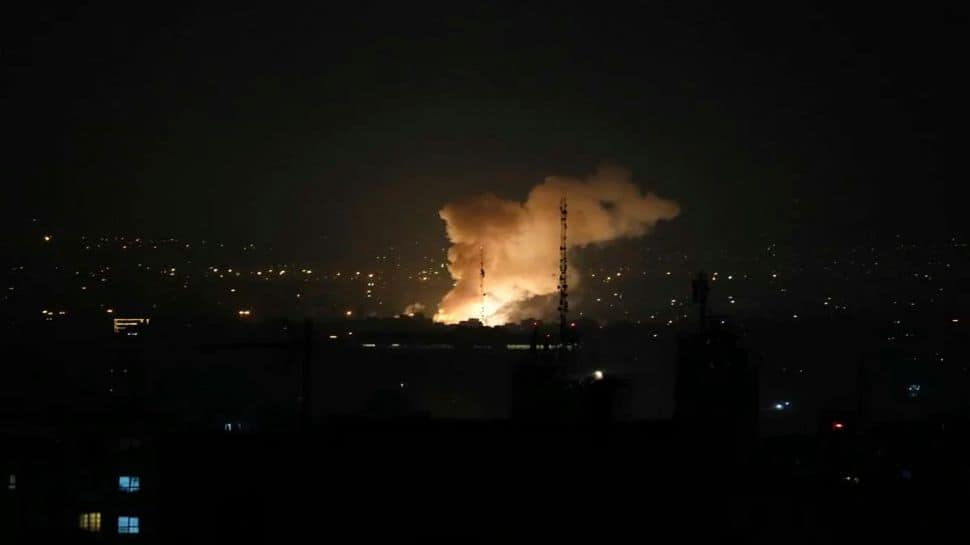Far from tourist trails and modern highways in Laos lies a forgotten piece of Cold War history. A cracked airstrip cuts through the green hills of Long Tieng, a village that, five decades ago, was ground zero for a covert U.S. operation that ran parallel to the Vietnam War.
Today, Long Tieng, according to CNN, looks like any other rural settlement in Southeast Asia. A few guesthouses, basic shops and farming plots line the road. Children ride scooters across what used to be a military runway. Most residents work the land. Few of them have ever flown on a plane. Even fewer realise that this valley was once considered “the most secret place on Earth”.
From the early 1960s to 1975, Long Tieng served as the headquarters of a clandestine war effort backed by the U.S. Central Intelligence Agency (CIA). The goal was to block the spread of communism across Southeast Asia, specifically in Laos, where American forces were officially barred from operating under international agreements.
The CIA partnered with the Hmong ethnic minority, led by General Vang Pao, to build a paramilitary base in the village. The site rapidly grew into a military hub. At its peak, over 30,000 people, including Hmong fighters, their families, Thai soldiers, American agents and CIA-linked pilots, lived and worked here.
Roughly 4,500 feet long, the CNN report says, the airstrip handled up to 900 take-offs and landings each day. Supplies such as ammunition, food and fuel were flown in by aircraft operated by Air America, a CIA-owned airline. Smaller planes then distributed these resources to remote outposts across the region.
Pilots known as “Ravens” operated from the site as well. These U.S. Air Force personnel flew low-level missions to identify targets and direct bombing runs. Many of them worked in civilian clothing under diplomatic cover, blurring the line between soldier and spy.
Despite its size and significance, the report suggests, Long Tieng remained unknown to much of the outside world. Even U.S. troops fighting in neighboring Vietnam were unaware of the base. Secrecy was absolute.
After the U.S. withdrew in 1975 and the Pathet Lao took power, Long Tieng emptied out almost overnight. Thousands of Hmong were displaced. The site was abandoned. What remains now are skeletal buildings, overgrown runways and rusting equipment. Many of the bunkers and hangars have collapsed.
Today, reaching Long Tieng is still difficult. The journey from Vientiane takes more than eight hours. Roads are unpaved, narrow and often blocked by landslides or mining trucks. Communication is limited, and phone signals are unreliable in the mountains.
Despite its history, the site sees very few visitors. A handful of local tour operators organise occasional trips, but there are no museums, no signs and no official preservation efforts.
General Vang Pao’s former headquarters still stands. A plain two-story house, now empty, with a “no entry without permission” sign posted in English. Visitors who make it inside find little more than a wooden desk, artillery shells stacked in a corner and a view of the now-silent airstrip.
The legacy of the conflict continues to affect Laos. According to the Mines Advisory Group (MAG), roughly 80 million unexploded submunitions remain scattered across the countryside. Villagers in the Long Tieng area still avoid walking off known trails for fear of triggering dormant explosives.
Since 1995, the United States has invested nearly $400 million to support weapons clearance programs in Laos. Still, progress is slow, and fears about future funding cuts continue to raise concerns.
For many in Long Tieng, life has returned to a quiet rhythm. Children play where warplanes once launched. Farmers plant rice on land that once held military barracks. But for those who know the history, the scars remain visible and buried.
The war may have ended 50 years ago, but its echoes still shape this hidden valley.






